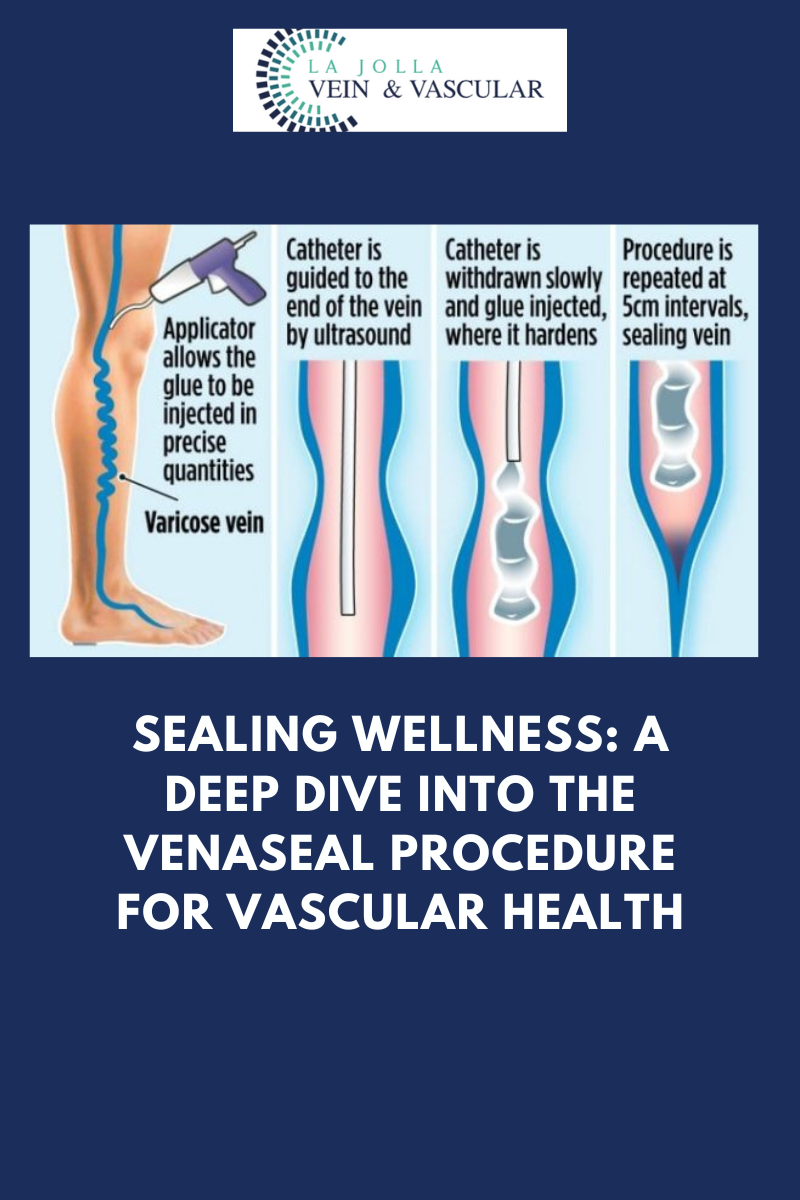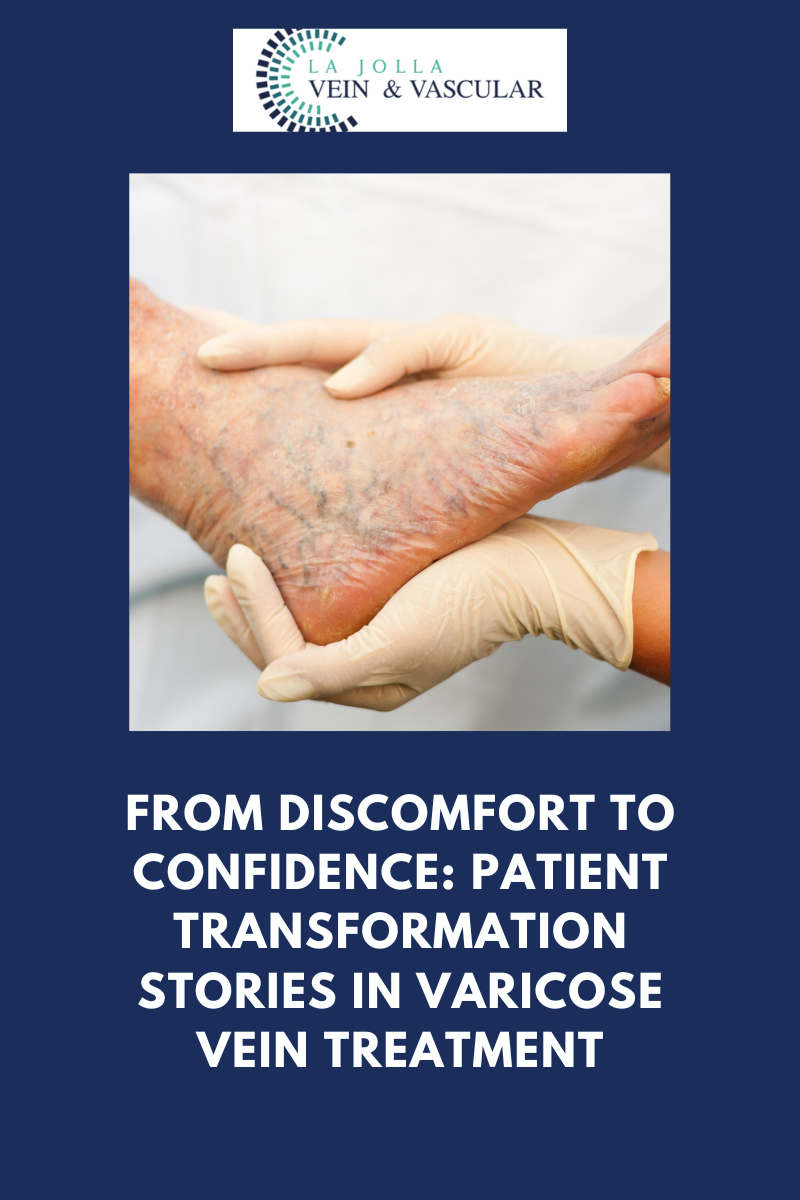Does Insurance Cover Varicose Vein Removal?
Vein procedures are generally a covered benefit by most insurance types (including Medicare) if they are considered medically necessary. Medical necessity requirements varies by the individual policy, but in general the varicose veins must cause symptoms such as leg pain, heaviness, fatigue, aching, restless legs, swelling or skin changes such as darkening of the skin around the ankles. Sometimes varicose veins can cause complications such as phlebitis, bleeding, ulceration or skin changes; these are considered medical conditions. If varicose veins do not cause symptoms, they are considered to be a cosmetic issue in the eyes of insurance.
An ultrasound examination is necessary to provide an overall assessment of the severity of the vein condition. This is a diagnostic study and usually covered by insurance.
In most cases, insurance companies require that conservative measures have been tried for several weeks. Conservative measures include compression stockings, leg elevation, exercise, weight loss or maintaining a healthy weight, NSAIDS or other medication and hot/cold packs. Many insurance types REQUIRE 6 to 12 weeks of wearing medical grade compression stockings prior to being approved for treatment.
Sometimes, flexible spending accounts can be used to pay for or may reimburse for compression stockings, varicose veins and spider vein treatments.
For more insurance information and questions, email info@ljvascular.com




